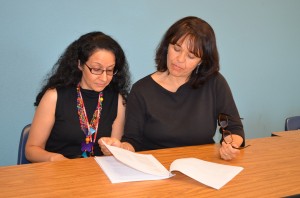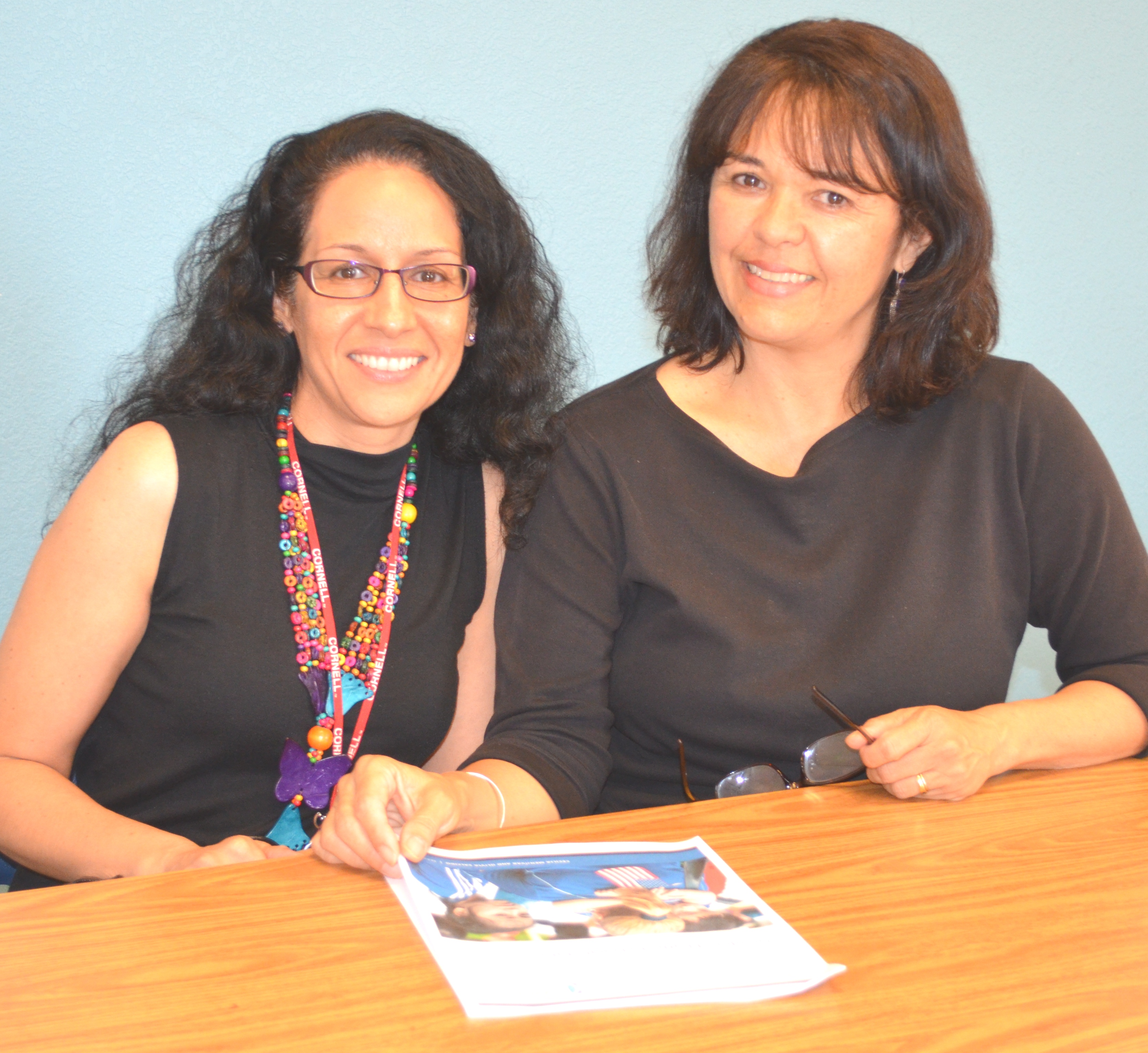By Rachel Neglia
Among many issues in history, inequality has had huge effects on the United States, both socially and politically. In May of this year, Dr. Olivia Salcido, who currently teaches freshman and sophomore year poetry, and Dr. Cecilia Menjivar, a parent at TPA, brought to light some of the inequalities in the current immigration system in their publication, Gendered Paths to Legal Status, published by the Immigration Policy Center of the American Immigration Council.
Over the span of a decade, Drs. Salcido and Menjivar conducted more than 50 extensive interviews with women and men who had been affected by the immigration system’s overlooked biases. “Most of the time, each was a series of interviews,” explains Dr. Menjivar, “so we really got to know the circumstances in the lives of each person.” They show that these circumstances can often be tragic.
“What we found in our study was pretty common,” she says, “that gender images, roles, and beliefs of what women and men should do, and how they should behave, are reflected in how immigration law is implemented.” For example, obtaining a worker’s permit is particularly challenging for women who enter the legalization process through a male family member, because men are perceived as the typical breadwinners in families. “Much of the time, when waiting for permanent residence status, [immigrants] must wait a long time, years, for work permits in order to obtain formal jobs.” This forces women to become involved in the “informal economy” to support themselves, and often times their whole families.
“Once a woman enters the legalization process, it is often difficult for her to secure employment outside the home because work permits often take a long time to arrive and, thus, she ends up conforming to the image of the ‘non-working’ or ‘stay-at-home’ woman, depending on the spouse’s income for long periods of time.” This only strengthens the image of women holding inferior jobs and as dependent, and the cycle repeats itself.
Although the immigration system has implicit biases against women, they are not the only ones who are affected by such policies. “Ultimately, if we really look at this issue in-depth, it affects society as a whole, and is not pertinent to women alone… One of the things we’re trying to outline in this paper is that the issue is also about men and families,” explains Dr. Salcido. Families can be separated for years by the long waits for women to gain resident status, and much longer after that by waiting for work permits to increase the family’s income.
“We’re ultimately trying to educate people with this paper,” says Dr. Menjivar, “we wrote a version of this paper for a think tank in Washington D.C. so that they can distribute it, and hopefully it will contribute to informing people about how immigration law works on the ground.”
The authors explain that because this issue is so overlooked, education is the first step to invoke change in the community, and they hope that their paper contributes to achieving this. After education, Dr. Salcido explains, “Laws need to be changed… We need to get beyond the controversies and what divides individuals, and have a dialogue that is productive, and that is critical.”
